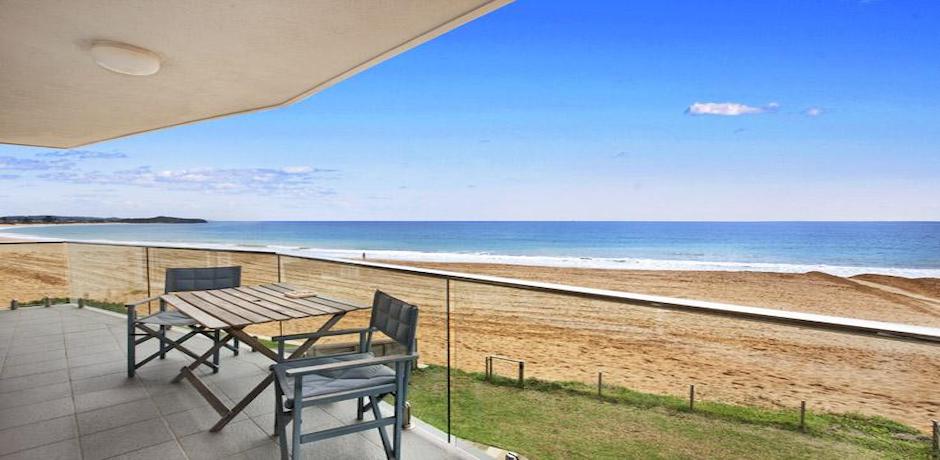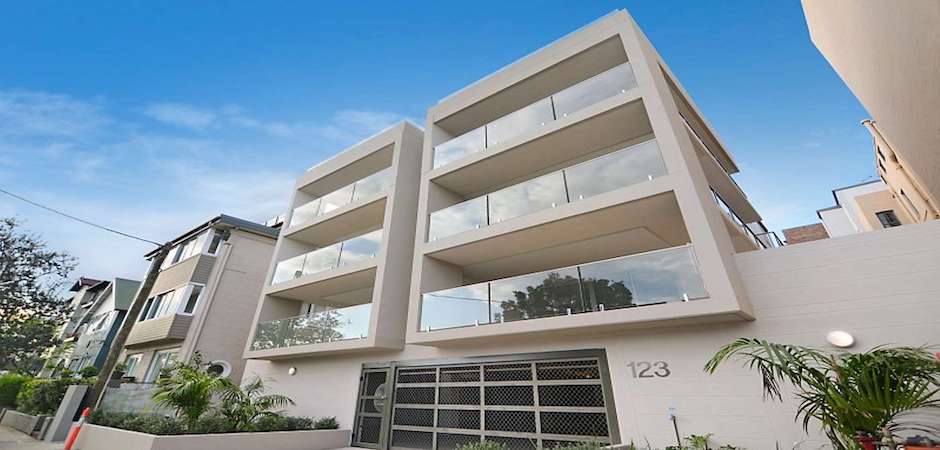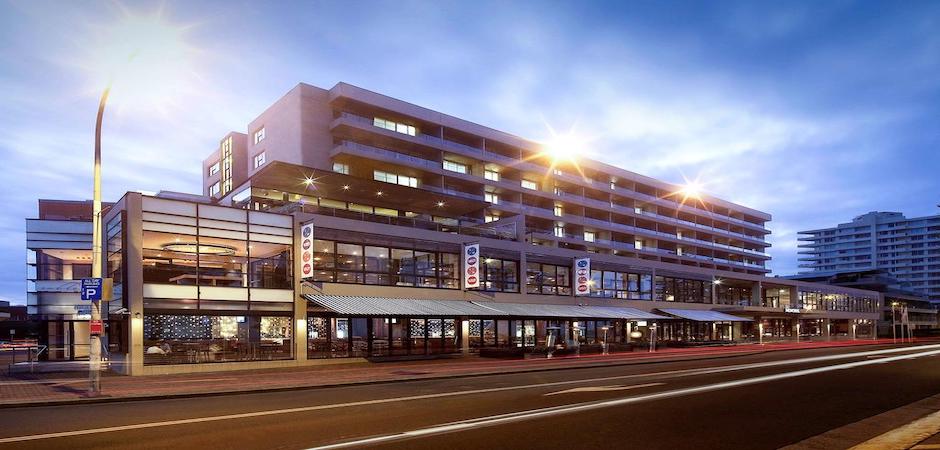Technical, Australian Standards and Cleaning
In Australia and internationally, the use of glass is experiencing resurgence in building design and general construction applications.
While the development of standards moves more slowly than the creative arm of the industry, the involvement of technical specialists at the design stage is imperative. Solutions developed with this level of collaboration perform better, are stronger, more reliable and safer.
Toughened laminated solutions for frameless balustrades or architectural applications are a great example of where design and safety can intersect.
Standards - Toughened Glass
Toughened glass is manufactured to:
AS/NZS 2208 - Safety Glazing Materials for use in Buildings (human impact considerations)
AS/NZS 2080 - Safety Glass for Land Vehicles
AS/NZS 4667 - Quality Requirements for Cut to Size and Processed Glass
Custom Laminated Glass
Custom Laminated glass is manufactured to:
AS/NZS 2208 - Safety Glazing Materials for Use in Buildings (Human Impact Considerations). Glass manufactured outside this standard can be produced and will be tested to these guidelines (and typically will be a superior safety product) but will not carry the standards marking.
Custom laminated glass is supplied, conforming to:
AS/NZS 4667 - Quality Requirements for Cut to Size/Processed Glass
AS1288 - Glass in Buildings - Selection and Installation
AS170.2 - Structural Design Actions - Wind AS/NZS 4586 - Slip Resistance Classifications of New Pedestrian Surface Material (for treads/flooring products)
Insulated Glass Units
Insulated Glass Units should be installed in accordance with:
AS 4666 – Insulating Glass Units
This information is offered as a general guide only and specific advice should always be sought from a reputable glazier or professional window cleaner before undertaking any cleaning. This guidance does not preclude the use of other methods, materials or equipment; however the user should undertake careful evaluation and make suitable enquiries of the suitability of alternative methods, materials or equipment, before using them.
Guide to Routine Cleaning of Glass
Hand cleaning of the glass surface to visibly remove accumulated dust or fingerprints can be accomplished using a number of different glass cleaning products. Recommended cleaning products are Windex® Glass (available from supermarkets) or a mixture of one part vinegar to ten parts water. Other commercially available vinegar-based glass cleaners have generally demonstrated an ability to provide a clean, streak-free glass surface.
Procedure:
- Flood the glass surface with the spray-on cleaning solution or with a cloth saturated with the cleaning solution. Be generous with the amount of solution applied.
- Scrub the wet surface with a clean, lint free towel or cloth.
- Wipe dry with a dry, clean, lint free towel or cloth.
- To prevent streaking, stop wiping when the glass is almost dry and there is a uniform film left on the glass surface.
Special Products:
Glasses with a low-e or reflective coating need to be treated with care. Please ensure special care is taken when cleaning these glass types to ensure the coating is protected and not damaged once cleaned. Do not use razor blades, steel wool or other metallic objects on the coated surface.
What not to do:
- Do not clean the glass when the glass is hot or in direct sunlight.
- Do not allow cleaning solutions to contact the edges of Laminated glass, Insulating Glass Units or Mirrors.
- Do not use cleaners which contain Hydrofluoric or Phosphoric acid as they are corrosive to the glass surface.
- Abrasive cleaners, powder based cleaners, scouring pads or other harsh materials should not be used to clean windows or other glass products.
- Do not store or place other material in contact with the glass. (This can damage the glass or create a heat trap leading to thermal breakage).
- Avoid causing extreme temperature changes to the glass as this may lead to thermal fracture of the glass, i.e. do not splash hot water on cold glass or freezing water on hot glass.
- Some tapes or adhesives can stain or damage glass surfaces. Avoid using such materials unless they are known to be easily removed.
Storage and Handling:
Glass should be stored in a dry and clean environment with good circulation of cool dry air to avoid staining and marking. Storage areas should be out of direct sunlight as some glass is susceptible to thermal breakage.
Where glass has been received in a wet condition, it should be separated, dried and restacked with separators to allow airflow around the panels.
Glass should always be stored vertically at a slight angle. The edges should be supported on timber or a soft material and contact with hard materials must be avoided.
It is always advisable to "tip" or take the sharp corners off value added glass with emery paper or a diamond pad. Remember to use water as glass dust should not be breathed in.
When glass is stored and transported there should always be some kind of a protector between the glass surfaces to prevent transit damage. This should be appropriate to the product and size, and may be such items as paper, rubber pads or plastic wrap on the glass. Bear in mind, glass is fragile and will be broken if handled incorrectly.
Particular care should be taken to ensure the glass is properly fastened and secured to prevent damage. Glass should always be handled by staffs that have been properly trained in approved practice, always taking into account good health and safety procedures. Glass must be protected from site contamination caused by building materials and other site practices during construction as this will assist in the cleaning of the glass at the conclusion of the construction.
Installation:
When selecting an appropriate sealant, its important to consider the properties of various sealants in order to avoid any long term problems. It is important not to use any acetic sealants on laminated glass as they may attack the interlayer. It is recommended using a neutral cure sealant on laminated glass. The same applies with Insulated Glass Units, please ensure that when glazing structurally sealed IGU’s, that you are using a compatible sealant.
Information provided is issued as a guide only, and should not be treated as a substitute for detailed technical advice. Glass Systems Australia disclaims any liability for loss or damage from the use of such data. To the best of our knowledge, the information provided is correct and accurate at the time of printing.
AS1288
The introduction of the new AS1288, the selection and installation of glass in buildings, represents an excellent opportunity to review the safety & fitness for purpose of your buildings. This is particularly relevant for areas such as doors, low level windows, wet areas, stairways, mirrors, balustrades and roof glazing.
For instance, just because your building was glazed prior to the introduction of the standard does not excuse itfrom being safe or fit for purpose.
Further, the existence of a building permit does not necessarily mean that your building complies with the current Standard or that you can be said to have properly fulfilled your duty of care.
To protect yourself, you should consider asking your accredited glazier to ascertain the compliance or otherwise of your buildings.
The AGGA has sponsored the implementation of AGGA accredited glaziers, glaziers who have demonstrated through study and examination, the ability to correctly apply the requirements of the new standard.
For security, protection and peace of mind please call your accredited glazier and ensure that your building is not at risk through non- compliant glazing.



